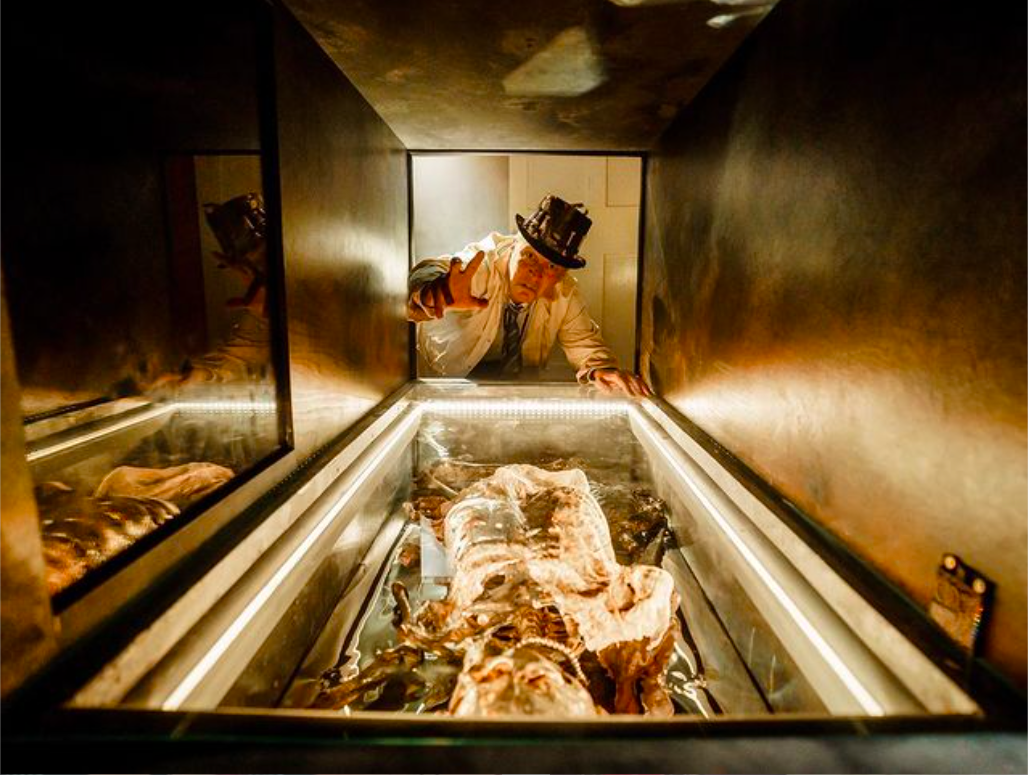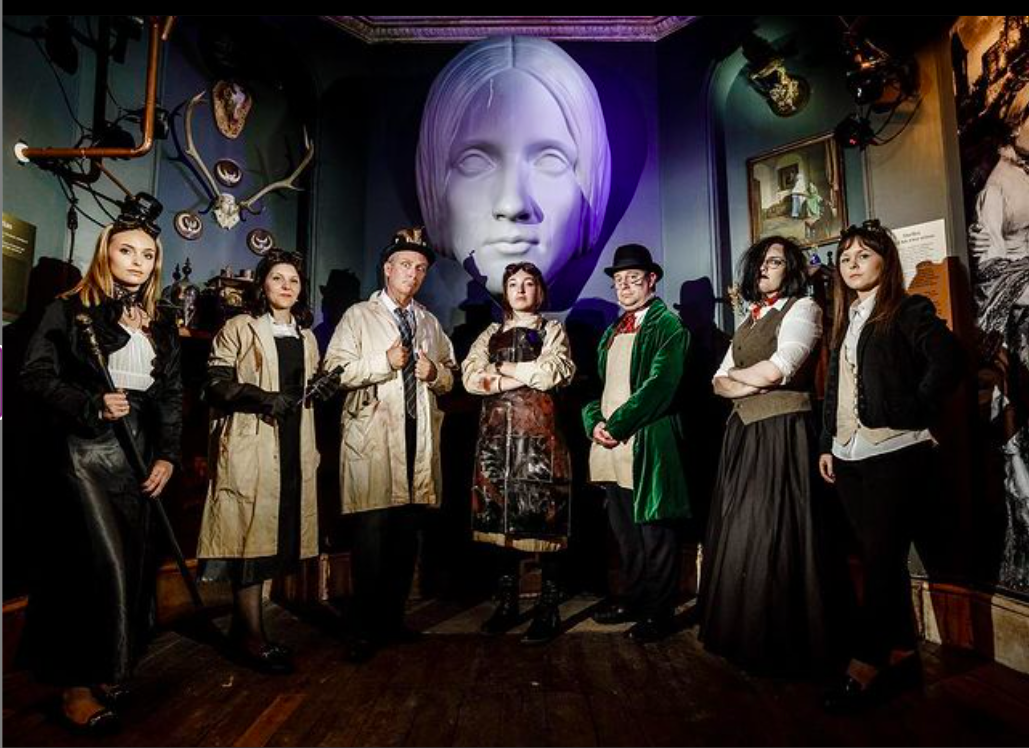Two years after the release of Quentin Tarantino’s Once Upon a Time in Hollywood, people are still arguing about its brief portrayal of Bruce Lee. Whether it accurately represented his personality is one debate, but much more important for martial-arts enthusiasts is whether it accurately represented his fighting skills. This could easily be determined by holding the scene in question up against footage of the real Bruce Lee in action, but almost no such footage exists. While Lee’s performances in films like Enter the Dragon and Game of Death continue to win him fans 48 years after his death, their fights — however physically demanding — are, of course, thoroughly choreographed and rehearsed performances.
Hence the way, in Once Upon a Time in Hollywood, Brad Pitt’s rough-hewn stuntman Cliff Booth dismisses screen martial artists like Lee as “dancers.” Those are fighting words, and indeed a fight ensues, though one meant to get laughs (and to illuminate the characters’ opposing physical and emotional natures) rather than seriously to recreate a contest between trained martial artist and simple bruiser.
As for how Lee handled himself in actual fights, we have no surviving visual evidence but the clips above, shot during a couple of matches in 1967. The event was the Long Beach International Karate Championships, where three years earlier Lee’s demonstration of such improbable physical feats as two-finger push-ups and one-inch punches got him the attention in the U.S. that led to the role of Kato on The Green Hornet.
In these 1967 bouts, the now-famous Lee uses the techniques of Jeet Kune Do, his own hybrid martial-arts philosophy emphasizing usefulness in real-life combat. “First he fights Ted Wong, one of his top Jeet Kune Do students,” says Twisted Sifter. “They are allegedly wearing protective gear because they weren’t allowed to fight without them as per California state regulations.” Lee is the one wearing the gear with white straps — as if he weren’t identifiable by sheer speed and control alone. Seen today, his fighting style in this footage reminds many of modern-day mixed martial arts, a sport that might not come into existence had Lee never popularized the practical combination of elements drawn from all fighting styles. Whether the man himself was as arrogant as Tarantino made him out to be, he must have suspected that martial-arts would only be catching up with him half a century later.
Related Content:
Bruce Lee’s Only Surviving TV Interview, 1971: Lost and Now Found
Bruce Lee Auditions for The Green Hornet (1964)
The Philosophy of Bruce Lee Gets Explored in a New Podcast
The Poetry of Bruce Lee: Discover the Artistic Life of the Martial Arts Icon
Watch 10-Year-Old Bruce Lee in His First Starring Role (1950)
Based in Seoul, Colin Marshall writes and broadcasts on cities, language, and culture. His projects include the Substack newsletter Books on Cities, the book The Stateless City: a Walk through 21st-Century Los Angeles and the video series The City in Cinema. Follow him on Twitter at @colinmarshall or on Facebook.







